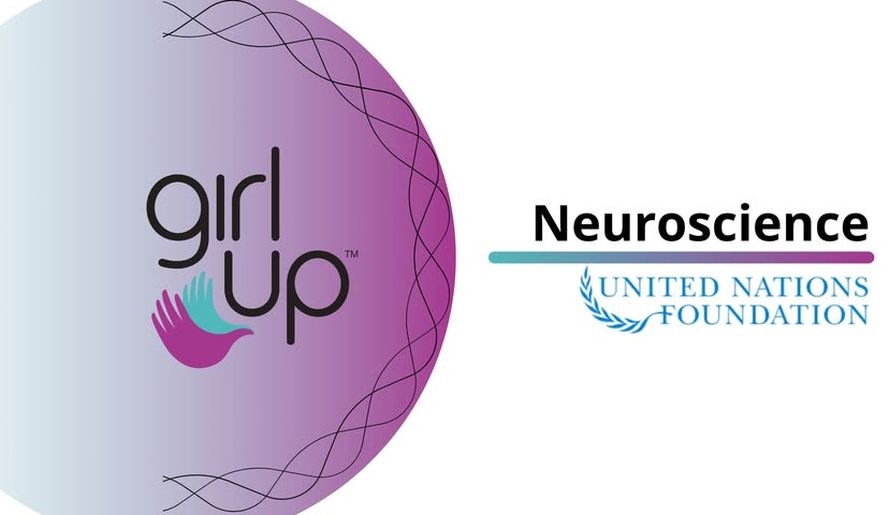Learning for a Living
Every cent invested in education pays back eight

Roxana Vasile, 20.10.2021, 13:12
Alexandru Stoleru grew up in the countryside. In spite of his familys financial problems, he held on and stayed in school, helped for years with grants from the NGO World Vision Romania. Right now, he is a student at the Polytechnic, and is pleading the cause of young people with much potential, but little resources, which should be getting support from the state:
“I was never an A grade student. I believe I was a B- student, B at most. I am most interested in F grade students who manage to go to a C-. They are the most important. Because an A student who goes to A+ needs an additional half hour of study to make the jump, but an F grade student who manages to go to a C- has broken a barrier, managed to go from last in his class, to Hey, look, I can be somebody!. At some point I would like to see this not be an issue anymore, I want to see the focus be on going from B to A+. I was one of the kids who wanted to study, in order to get a better living, I want us to be able to do something together, to be able to work together, and we need people to invest in us, powerful people, who have the possibility of making us powerful, for us to rise, and be able to help the elderly while helping the younger.”
How much does the Romanian state stand to lose if they dont invest in a childs education? How much do they spend on an unemployed person? How much would they gain if instead of an unemployed person they would invest in a university graduate? These are just some of the questions that World Vision Romania asked, as part of a study they sponsored, called The Cost of Education: Investment, Efficacy, Impact. The results were made public recently, and they speak for themselves.
Mihaela Nabar, Executive Director of World Vision Romania told us what they were in a nutshell:
“Every cent invested in education pays back eight. I dont know if it is a lot or a little. But it is clear that the efficacy of education in very high. Also, we looked at the way in which investment in education, and the impact of education on an individual, can influence wealth or the income of individuals in each of the categories we looked at. We wanted to look closely at this indicator, because, oftentimes, in the communities in Romania where we work, almost 500 villages in 25 counties, we very often hear from our children that it is not education that matters, but personal relations. This study comes to dismantle this myth, and it proves with figures that each education level, every cycle, practically doubles the income a person brings in, as well as what they contribute to the state budget.”
To the point, a high school graduate earns twice as much as a primary school only graduate. A college graduate ears double as a high school graduate. That goes for every category, employees, farmers, or freelancers in non-agrarian activities.
Contributions to the state budget are directly proportional with ones level of education, therefore their income. A Romanian with primary studies contributes on average annually about 2,000 Euro. That amount goes up to over 4,000 Euro a year for people who have finished a vocational school, and reaches over 8,000 Euro for college or graduate studies. In other words, tax contributions basically double with every level of education.
Of course, the state itself is spending on education. However, according to the study we are talking about, each cent spent generates 8 cents in taxes of all levels. For instance, the state generally spends about 33,000 Euro per graduate student, from kindergarten to graduation. At the same time, over a work lifetime, the state gets back from that person around 290,000 Euro, which amounts to a 700% return on investment. At the same time, lack of access to education causes the state to spend, on average, about 18,000 Euro per unemployed person with primary studies over a work lifetime.
In other words, according to World Vision Romania director Mihaela Nabar, education is one of the most profitable investments for the Romanian state:
“This study is not about the quality of education in Romania, how well educated students are, or how well prepared teachers are, how much there is to invest, what the infrastructure is like, or digitization. All these are not part of the report, but these clearly are areas of investment that would increase state budget revenues, if it could turn an unemployed person into a college graduate who is part of the job market.”
Right now, Romania is at the end of the line among OECD countries in education — 2.5% of GDP, versus the government promise of 6%. In addition, obsolescence and unequal access to education are real issues. We can really speak of two Romanias, one urban, one rural, with the money being unequally provided between the two. Mihaela Nabar told us that, if the state seems to have good plans, they have a hard time applying them. At the same time, Romania has top performing students, who constantly get awards in international competitions, and get accepted at top notch universities all over the world. By the same token, it has the largest percentage of functionally illiterate kids, around 40%, who have trouble with logical reasoning as well. They are the ones that the education system should be dealing with as a priority.






























